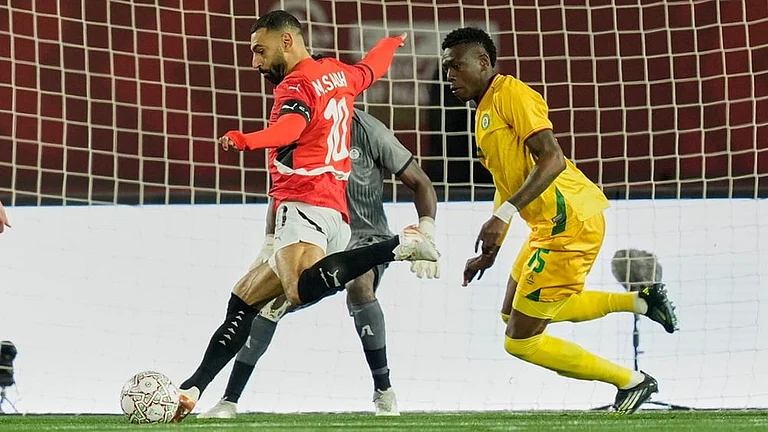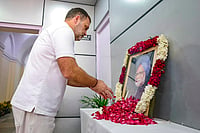Sikandar Chowk Park starts with a bang—a bomb goes off in a park, killing 57 people. A journalist, Siddhanta, tracks down 11 of the dead. He pieces together the detritus of their lives and 11 stories unravel across this fine novel. It needs considerable expertise to hold a dozen reins in your hands and still canter on without a falter. A rare sensibility is at work here—each character is delicately drawn, and they go about their humdrum lives in a way that is never tiresome. The events are plausible; there is no stereotyping, no sensationalism. And there’s an abundance of humour.
Among the characters are Vakil Mahendra Chandra and his neighbour Osman Bhai, good friends going back to the Partition days. In a fascinating passage, Prof Mathur explains to his landlady Thomas Hardy’s poem The Darkling Thrush. What follows is a splendid dialogue across cultures. Music teacher Hargopal Misra gets killed, but the Stradivarius in his hand escapes unscathed in the blast. Lynette Shepherd comes face-to-face with her husband’s infidelity with Marcia Gosse (now paralysed). So does Parul Chopra, who can’t believe that her husband could molest someone at the workplace. Swati’s Dalit ex-husband throws acid on her face precisely because her lover is a Brahmin.
There are passages in the novel which glow with her luminous prose. Sample this: "It had rained all night. Not thick strands of monsoon rain but a ragged drumming in the antechamber of one’s sleep..." There could have been something more on the terrorist and his fake novel. Sometimes she overreaches—like a Jain presenting meat and calling it ‘Holy gosht’. And Rushdiefication is not her strong suit always.























